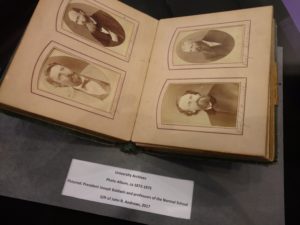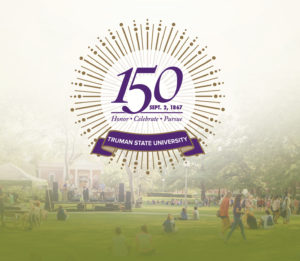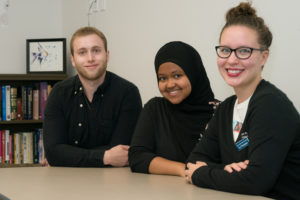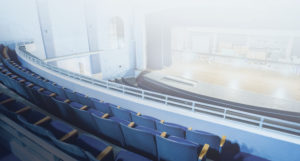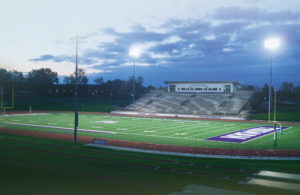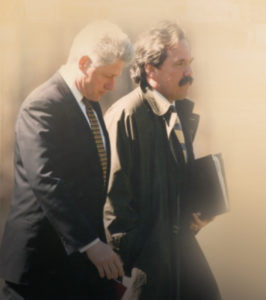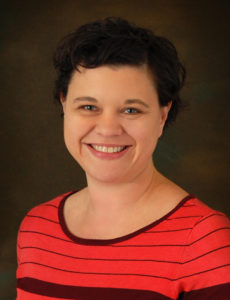University Celebrates 21 years at No. 1
This school year kicked off the same way as the last 20 – with Truman at the top of the Midwest regional rankings compiled by U.S. News & World Report.
Truman was listed as the No. 1 public university in the Midwest regional category in the 2018 Best College rankings. Overall, Truman was No. 8 among both public and private schools. It was the only Missouri university in the top 10, and it was the state’s only public school listed among the top 85 institutions rated in the Midwest regional rankings. This makes the 21st year in a row Truman has earned the top spot.
Truman received high praise as one of U.S. News & World Report’s 2018 Best Value Schools. In the “Great Schools, Great Prices” section, Truman was the No. 1 public university – No. 2 overall – for the Midwest region. Of the 15 schools included on the list, Truman was one of only two public institutions.
U.S. News & World Report bases its rankings on several indicators of academic excellence, including graduation and retention rates, assessment by peers and counselors, student-to-faculty ratio and alumni giving rate. Complete listings are available at usnews.com/colleges.
Truman also placed well in the 2017 College Guide and rankings conducted by Washington
Monthly, coming in as the No. 4 master’s university in the nation. Truman has become a fixture in the Washington Monthly rankings, finishing in the top five in each of the last five years.
The Washington Monthly rankings are unique in that they place an importance on social mobility, research and service. Along with traditional benchmarks such as graduation rates and costs, schools are rewarded for criteria including the number of first-generation students enrolled and the number of students contributing to community service projects, participating in ROTC and going on to serve in the Peace Corps. Additionally, Washington Monthly looks at the number of bachelor’s recipients who go on to earn a Ph.D. and the success rates and earning potential of students 10 years after enrollment.
Washington Monthly ranked nearly 900 institutions across the categories of national universities, master’s universities, liberal arts colleges and baccalaureate colleges. Truman was the only Missouri school to be included in the entire top 150 entries for the master’s university category, and it was the state’s only public school to crack the top 40 in any of the four categories.
Truman’s affordability led to another distinction in this year’s ranking. In the supplemental category, “Best Bang for the Buck,” Truman was recognized as the No. 6 public school – No. 17 overall – in the Midwest region.
The college guide and rankings appeared in the magazine’s September/October issue and can be found online at washingtonmonthly.com/2017college-guide.

